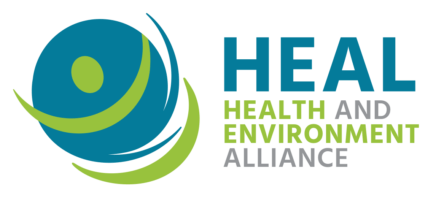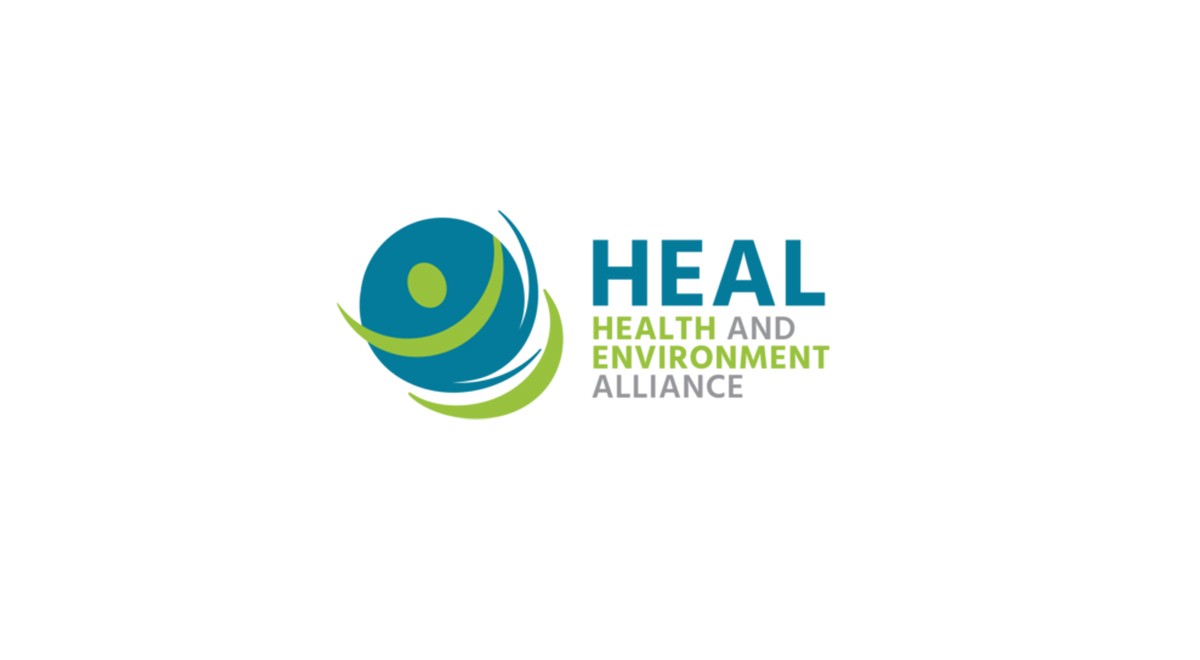Press release: HEAL, together with the EDC-Free Europe coalition, is calling on future EU leaders to protect health and the environment from health-harming endocrine-disrupting chemicals. The coalition shared its priorities for the upcoming policy mandate at an event at the European Parliament.
The existing scientific evidence of the links between the brain-harming pesticide chlorpyrifos and the development of autism among children should urgently be reviewed, according to a new study published today in Environmental Health Perspectives [1].
This call, published a day after World Autism Day, adds to well-founded concerns about health effects of human exposure to chlorpyrifos, as the pesticide authorisation is currently being discussed for possible prolongation in Europe [2].
According to the World Health Organization, reviews estimate that 1 child in 160 has an autism spectrum disorder. Some recent studies have, however, reported rates that are substantially higher [3]. The study comes in a context of increases of autism and autism spectrum disorders over the past decades [4]. For example in the US, the prevalence of autism has increased from 1 in 150 in 2002 to 1 in 59 in 2014 [5]. These trends cannot be explained by genetics alone and are increasingly explored in the lens of environmental exposure.
Following the systematic review methodology [6], the study “Environmental Chemicals and Autism: A Scoping Review of the Human and Animal Research” identifies all scientific literature currently available about the association between developmental exposure to environmental chemicals during pregnancy and the development of autism. No less than 54 epidemiological studies, 46 rodent studies and 50 previous reviews are assessed by the new publication.
The authors single out chlorpyrifos as a chemical of concern and make a plea for further investigation into associations between child exposure to chlorpyrifos and two criteria for autism diagnosis in children: persistent deficits in reciprocal social communication as well as restricted, repetitive patterns of behaviour, interests, or activities.
“The conclusions of this new review are of particular relevance for Europeans who are exposed to residues of chlorpyrifos on a daily basis through their food and drinking water,”, explains Génon K. Jensen, Executive Director of the Health and Environment Alliance (HEAL). “Despite clear evidence of chlorpyrifos’ harm for our children’s brain development and proper hormonal system functioning, the EU is considering greenlighting the continued use of this poisonous pesticide beyond 2020, when it could already be banned out of precaution.”
Interesting findings of the study include:
- The environmental chemicals investigated included metals, air pollutants and ubiquitous chemicals, such as pesticides and bisphenol A, and covered 152 individual types of chemical exposures. The most frequently studied exposures were particulate matters, general air pollution, mercury, lead and chlorpyrifos.
- Links between chlorpyrifos and autism were investigated in 3 epidemiological studies and 9 experimental rodent studies. In the latter studies, chlorpyrifos was one of few chemicals assessed several times for two end-points that are relevant for the diagnosis of autism: persistent deficits in reciprocal social communication as well as restricted, repetitive patterns of behaviour, interests, or activities.
- The review discusses needs for methodological improvements in future research and calls for an urgent strengthening of our understanding of environmental influences on autism, while recommending that priority be given to further systematic reviews on chlorpyrifos, lead and PCBs.
Chlorpyrifos is one of the most commonly used pesticides in Europe. Its residues are often present in fruits, vegetables, cereals and dairy products, as well as drinking water. A joint civil society petition initiated in 2018 and calling for a ban on chlorpyrifos has already collected more than 173,000 signatures from citizens around Europe [7].
In a recent study [8], researchers were able to review raw data from the two main industry-funded studies on chlorpyrifos and methyl-chlorpyrifos, used for their approval. They identified many failures, shortcomings and inadequate interpretation of data for developmental neurotoxicity, suggesting the industry evaluation was biased.


